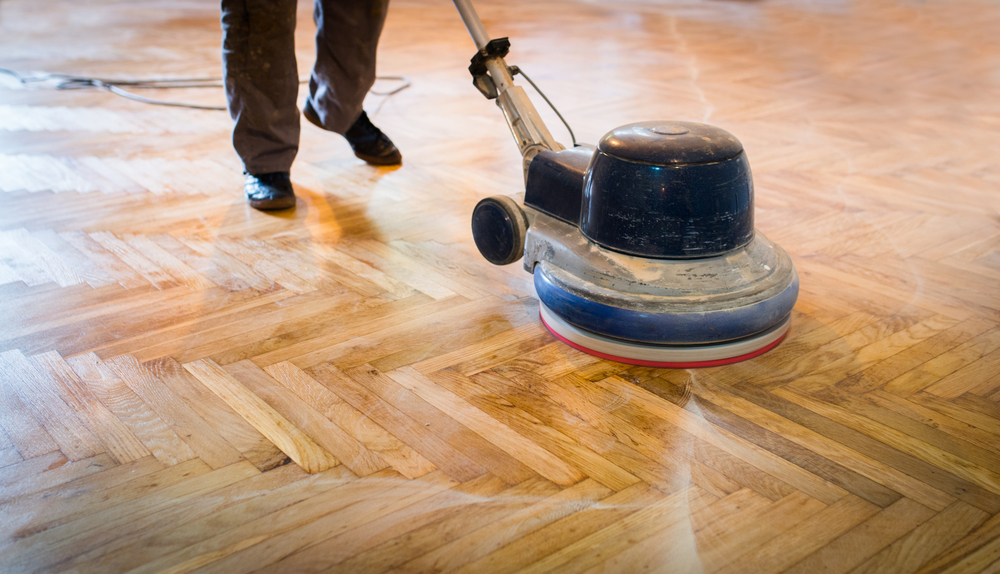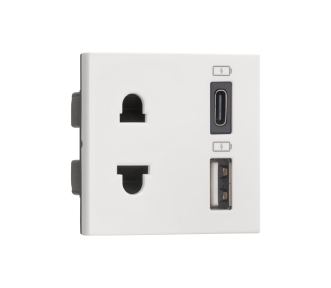Hardwood floors are among the most beautiful and durable flooring options available. However, even the toughest wood surfaces lose their shine over time due to daily wear and tear. Scratches, fading, and dull finishes are inevitable — and that’s when floor sanding comes into play.
But many homeowners hesitate to schedule sanding because they worry it will be messy, noisy, or take too long. In reality, with modern techniques and professional services like sablage de plancher Mebesa, the process is far cleaner, faster, and more efficient than ever before.
If you’ve been putting off refinishing your hardwood floors, here’s what you can really expect — and why sanding today is nothing like the dusty, time-consuming projects of the past.
1. Understanding What Floor Sanding Involves
Floor sanding is the process of removing the top layer of a hardwood floor to eliminate scratches, dents, and old finishes. Once the surface is smooth and clean, new stains and protective coatings are applied.
This renewal process not only restores your floors’ original beauty but also strengthens the wood, adding years of life to your investment. With modern sanding systems, this can now be achieved with minimal mess and disruption.
2. The Myth of the “Dust Storm”
Traditional sanding methods used to create clouds of fine dust that spread everywhere — covering furniture, walls, and air vents. Homeowners would often spend days cleaning afterward.
Today, however, dustless sanding systems have revolutionized the process. Professional companies use high-powered vacuum systems attached directly to sanding machines. These vacuums capture up to 99% of dust before it escapes into the air.
That means no more:
- Dust settling on surfaces.
- Lingering odors or particles in the air.
- Time wasted on post-project cleanup.
Modern sanding technology ensures your home stays clean and breathable throughout the process.
3. Professional Sanding Is Cleaner Than Ever
With a team like sablage de plancher Mebesa, you can expect a completely professional, dust-controlled process from start to finish. These experts use advanced, industrial-grade equipment designed to trap debris before it spreads.
They also take additional precautions by:
- Using sealed containment systems.
- Protecting walls, baseboards, and adjacent floors.
- Cleaning between sanding stages.
As a result, your home remains tidy and livable even during the project — without the inconvenience of heavy plastic barriers or days of dusting afterward.
4. How Long Does Hardwood Floor Sanding Take?
The timeline for sanding depends on the size of your space, wood type, and condition of your floors. On average, most projects take 2 to 4 days from start to finish, including:
- Sanding (1–2 days): Removing old finish and smoothing the surface.
- Staining (optional, 1 day): Applying new color if desired.
- Finishing (1 day): Sealing with protective coatings.
For very large or heavily damaged floors, the process may take slightly longer. However, the efficiency of modern equipment and fast-drying finishes means you’ll be walking on your newly refinished floors much sooner than you might think.
5. Minimal Downtime, Maximum Results
Unlike older sanding methods that required homeowners to leave for days, modern refinishing allows you to stay comfortably in your home during much of the process.
Water-based finishes dry within hours, and low-odor materials make it safe to remain indoors. Professionals also work in sections, minimizing disruption to your daily routine.
With proper ventilation and quick-drying coatings, you can typically walk on your floors again 24–36 hours after the final finish is applied.
6. Noise Levels and Disruption
Sanding machines are mechanical, so some noise is unavoidable. However, with high-quality, well-maintained equipment, the sound is far less intrusive than in the past.
Professional crews manage noise efficiently by working during reasonable hours and keeping machinery calibrated for smooth operation. Most homeowners find the process surprisingly quiet and unobtrusive.
7. What You’ll Need to Do Before Sanding
Preparing for sanding is simple and straightforward. Before the professionals arrive, you should:
- Move furniture and rugs from the room.
- Remove fragile items from nearby shelves.
- Unplug electronics and, if possible, cover vents for added protection.
Your sanding team will handle everything else — from protecting adjacent areas to cleaning up once the work is complete.
8. The Dustless Sanding Advantage
One of the main reasons modern sanding is neither messy nor time-consuming is because of dustless technology. This system captures nearly all dust particles instantly, improving both air quality and efficiency.
Benefits include:
- Healthier indoor air: No allergens or fine particles circulating.
- Cleaner workspace: No need for deep cleaning afterward.
- Faster finishing times: No dust settling into fresh coatings.
This streamlined process reduces cleanup time and ensures flawless results.
9. Faster Finishes with Advanced Coatings
In addition to dustless sanding, today’s finishing products cure faster and perform better than ever. Water-based polyurethane, for example, dries within a few hours and emits minimal odor.
This allows professionals to complete projects more quickly without compromising durability. You’ll have a beautiful, long-lasting finish that’s ready for daily life in no time.
10. The Role of Professional Expertise
A key reason modern floor sanding is efficient is the skill of experienced professionals. Teams like sablage de plancher Mebesa combine advanced equipment with years of craftsmanship to deliver smooth, even results — without wasted time or unnecessary sanding.
Their process includes:
- Careful inspection of your floors.
- Customized sanding sequence based on wood type and finish.
- Precision vacuum-assisted sanding for minimal mess.
- Expert finishing that enhances durability and shine.
Their efficiency ensures you get a flawless finish with minimal downtime or disruption.
11. When to Schedule Sanding for Best Results
To make the most of your refinishing project, plan it during a moderate weather period — spring or fall are ideal. These seasons offer balanced humidity levels, which help finishes cure evenly.
Scheduling during a less busy season can also ensure faster turnaround and greater availability of professional crews.
12. Is It Worth the Effort? Absolutely.
Sanding may seem like a big project, but it’s one of the most rewarding upgrades you can make to your home. It:
- Renews the natural warmth and elegance of your floors.
- Eliminates surface damage and uneven wear.
- Extends the lifespan of your hardwood by decades.
Best of all, with dustless systems and modern finishes, it’s no longer messy, noisy, or time-intensive.
13. Cost-Effectiveness Compared to Replacement
Replacing hardwood floors is expensive and time-consuming. Sanding and refinishing, on the other hand, achieve near-new results at a fraction of the cost.
For most homeowners, sanding provides an instant visual upgrade and adds long-term value to the property — all without the hassle of a full renovation.
14. Maintaining Your Floors After Sanding
Once your floors are beautifully refinished, simple maintenance will keep them looking new:
- Sweep or vacuum regularly to remove dirt.
- Use felt pads under furniture to prevent scratches.
- Avoid harsh chemical cleaners.
- Reapply protective coatings every few years if needed.
Following these tips extends the life of your newly sanded floors and keeps them gleaming for years to come.
15. A Cleaner, Faster Future for Floor Restoration
Thanks to technological advancements and expert craftsmanship, sanding has evolved into a streamlined, nearly dust-free process. Today’s homeowners no longer have to choose between beautiful floors and a clean home — you can have both.
Final Thoughts
Hardwood floor sanding used to mean days of noise, dust, and disruption — but not anymore. With professional techniques and modern dustless systems, the process is now quick, clean, and efficient.




